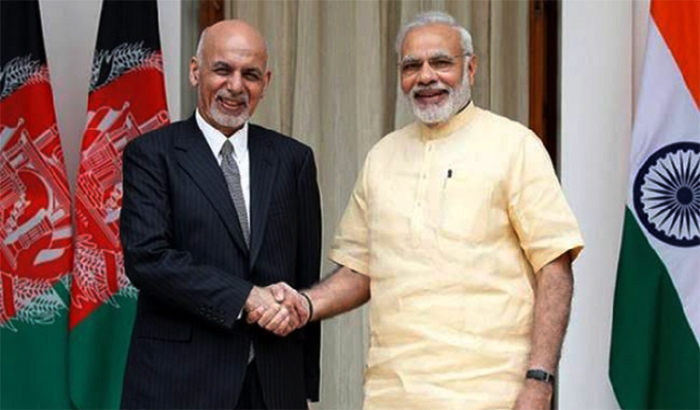Agra, Feb 25: The architectural grandeur of 17th century Taj Mahal and the story of its construction by Mughal Emperor Shah Jahan left US President Donald Trump "impressed" during his visit to the famed mausoleum, according to the guide who accompanied him.
Nitin Kumar, an Agra-based guide, said the first word the president said after laying his eyes on the marble marvel was "incredible".
He and First Lady Melania Trump visited on Monday the iconic Taj Mahal in Agra, the second stop on his little less than 36-hour-long trip of India, and marvelled at the Mughal-era mausoleum built as a monument of love.
After Dwight David Eisenhower (1959) and Bill Clinton (2000), he became the third US president to visit the architectural icon.
"I told them the story of the Taj Mahal, the construction, and the story behind it. President Trump got very emotional after knowing the story of Shah Jahan and his wife Mumtaz Mahal. How he was kept under house arrest by his own son Aurangzeb, and buried here at Taj, next to Mumtaz's grave, after his death," Kumar told reporters.
The couple was left speechless on the first sight of the monument, and showed interest when they were told about the history and architecture of the dome, and the design details, Kumar said.
"Melania Trump asked about the mud-pack treatment and was amazed when she got to know the details of the process," he said.
One of the most photographed sites in the world, it is always high on the itinerary of head of states visiting India.
The monument was built over a period of nearly 20 years by Shah Jahan in memory of his wife after her death in 1631.
"The Taj Mahal inspires awe, a timeless testament to the rich and diverse beauty of Indian Culture!' Thank You, India," the US President and First Lady jointly wrote in the visitors' book before signing it.
According to Mohammed Zafar, who lives close to Taj Mahal complex, Nitin has been conducting guided tours for many years. "He was selected for this VVIP visit," he said.
"Many people were taking selfies with him, after the end of the visit. So, many media persons interacted with him. He has got some instant fame of sorts," Zafar said.
Authorities at Archaeological Survey of India had "advanced the dates" for mud-pack treatment for the graves of Shah Jahan and Mumtaz Mahal at Taj Mahal in view of the US President Trump's visit to Taj, a senior official had earlier said.






Comments
Add new comment